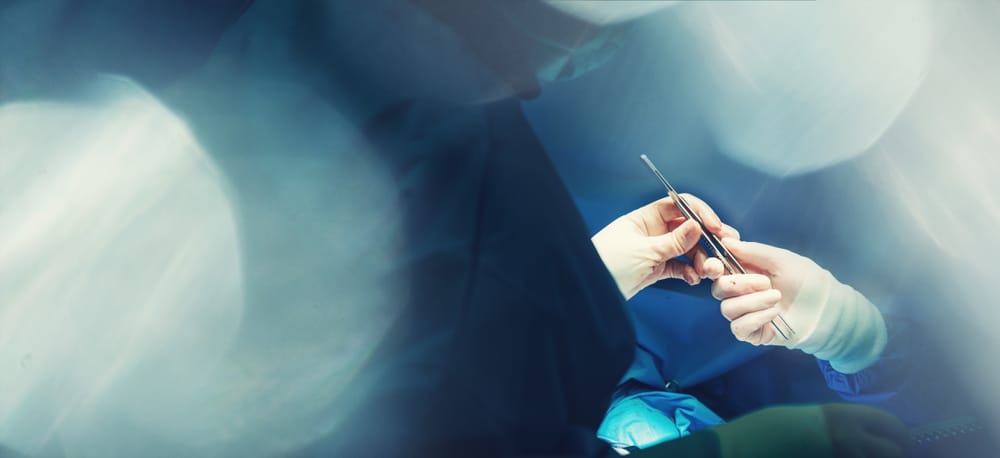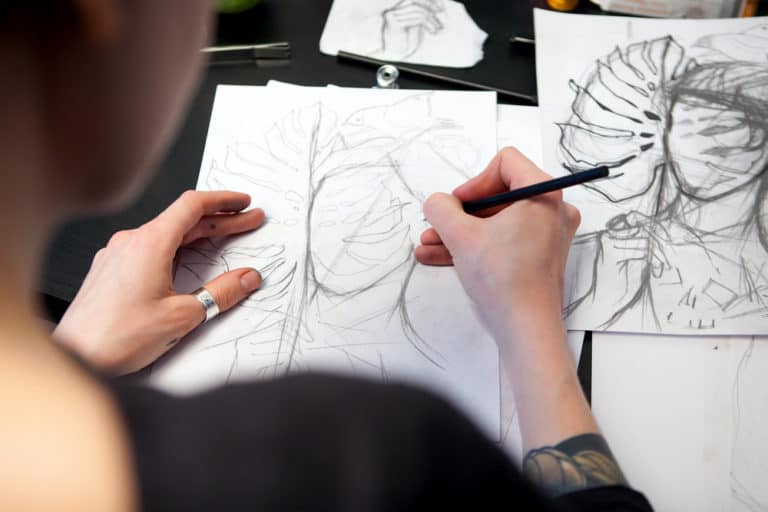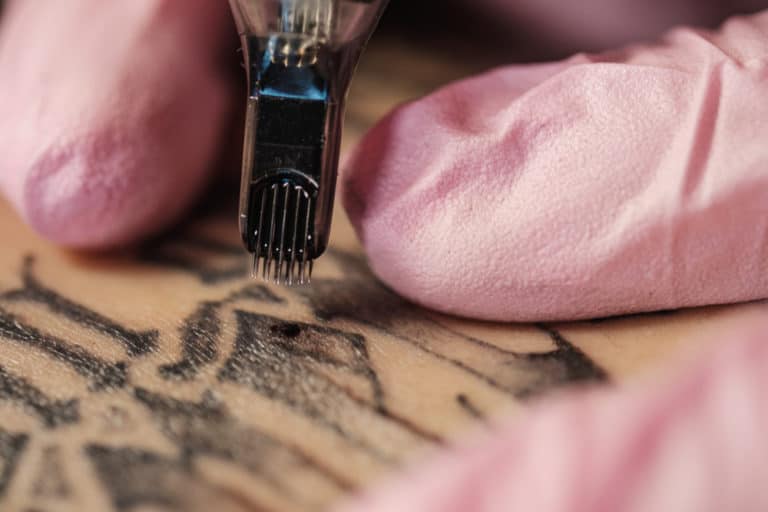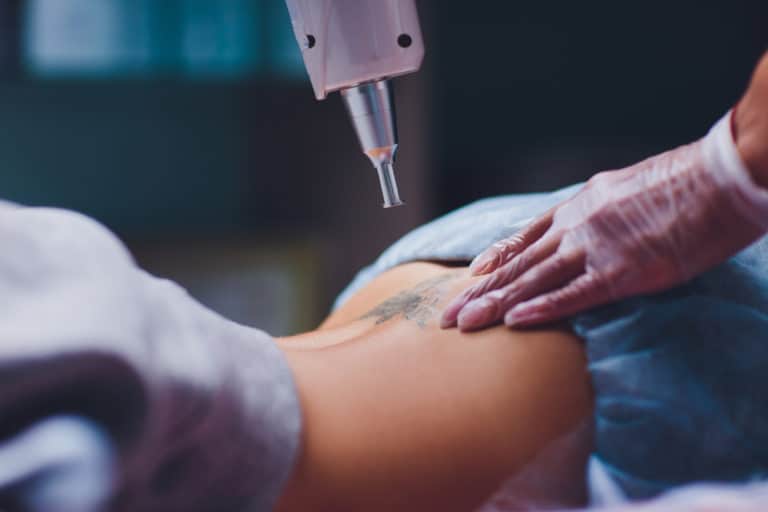What Happens When You Cut Out A Tattoo?
If you are familiar with the time, pain, and cost of getting tattoos, it might surprise you that some people regret getting tattooed so much that they opt for surgical removal. That sounds drastic, but what happens when you cut out a tattoo?
Cutting out a tattoo is a surgical procedure performed in a plastic surgeon’s office, usually done with a local anesthetic for small tattoos. Larger tattoo areas require a general anesthetic. A scalpel will be used to cut out the tattoo down to all the affected skin layers and may take several hours.
What Are The Risks Of Cutting Out A Tattoo?
Cutting out a tattoo may seem drastic, but instant versus laser removal results. In small excisions, the surgeon will suture the skin together, which may result in a scar. Surgical removal of a tattoo may result in a skin graft if the area is large.
Surgical removal of a tattoo should be carefully considered, and the risks of such surgery need to be understood. As with laser tattoo removal, there are associated risks with having a tattoo cut out, and they are as follows –
- Skin graft after surgery
- Bleeding
- Wound infection
- Sepsis
- Unsightly scarring
- Secondary surgery
- Skin discoloration
The risks of having a tattoo cut out seem significant compared to laser tattoo removal and need to be addressed by the surgeon, anesthetist, and nursing staff. Any medical procedure, even getting a tattoo, is not without risk and should always be carefully considered.
Why Would You Cut Out A Tattoo?
Having a tattoo cut out by a plastic surgeon is a big step, and the procedure will yield a permanent result. Most people wanting to remove a tattoo will opt for laser removal, but in some cases, fast results are required.
A plastic surgeon may agree to cut out a tattoo for the following reasons –
Painful Divorce Or Failed Relationships
Tattoos are permanent, but not all relationships are. An ethical tattoo artist will tell you that tattooing a significant other’s name on yourself is not always a great idea. Nobody can predict the future health of a relationship, even if the current commitment is unwavering.
The only sensible names to tattoo would be family members such as parents, children or special cousins, aunts, or grandparents. It is common for people to tattoo the ring finger, fingers, wrists, chest, or forearms with the names of loved ones and are very visible places for scars should they need to be cut out.
Gang Affiliations
Peer pressure in gang-run neighborhoods may result in vulnerable individuals becoming involved. Gangs are often identified through signs, colors in clothing, and tattoos. A gang-related tattoo may identify members with one another, but it can be a death sentence in the wrong place.
Teenagers are more likely to be pressured into joining gangs or become involved in criminal activities. Unfortunately, the only way to leave a gang may be to move towns; integration into mainstream society will require a gang-related tattoo to be covered or cut out.
Careers That Require Tattoos To Be Hidden
Certain types of visible tattoos are undesirable in some career choices like the judiciary, central intelligence, special military ops, or teaching. Several reasons lead up to this, such as identifying or preventing prejudice.
If you are passionate about following that career path, consider having tattoos only on areas that can be covered with clothing. If you find you made a mistake as a teen, and it stands in the way of your future, cutting out a tattoo may be the only option.
Change Of Life Path
Like changing a career path, some events in one’s life may alter the course so drastically that some tattoos may be an unwanted reminder of a previous era. Individuals may opt to cover the unwanted tattoo with another design, but cutting it out is a more permanent solution.
A spiritual awakening can have the same effect, and some symbolic tattoos may be offensive in those circles. Covering the potentially offensive tattoo may not be sufficient to remove the symbolism. Cutting it out may be the only choice.
Skin Growths
Very rarely may a person experience skin growths that appear on a tattooed area of the body, and the only course of action or medical treatment may be having that area cut out.
A skin graft may be recommended if the area is too large to stitch back together. This will mean several trips to the hospital or clinic, which is a long process. Once the skin is fully healed, you can tattoo it to cover the area.
Can Anyone Have A Tattoo Cut Out?
If you consider having a tattoo cut out, you may want more information about the predisposing conditions that may react negatively to the surgery.
- Herpes
- Diabetes
- Skin cancer
- Bleeding disorders
- Excessive scarring
- Psoriasis or eczema
Should the tattoo be cut out, these pre-existing conditions may result in undesirable side effects.
In cases where the tattoo was done poorly or is old or deep, the surgeon may have to cut deeper than expected to remove all traces of the tattoo. Some colors and black-out tattoos may be harder to cut out without needing a skin graft.
What To Expect During The First Tattoo Excision Consultation
Medical procedures depend on the physical and mental health of the patient. You may be nervous or unsure about the procedure and risks involved or may have other questions, and the initial consultation is the right place to address these concerns.
The surgeon will generally cover the following topics –
- Your general health, any chronic conditions, and full medical history
- Current medication / chronic medication, supplements, drug use
- Mental health state
- The reason you want the tattoo cut out
- The risks involved in the surgery and potential complications
- Explain the full procedure
- Explain the aftercare and healing timeframe.
What Should I Ask The Surgeon In The Consultation?
In the same way, the surgeon will be asking you a series of relevant questions, and you should be at liberty to ask some of your own. Feeling secure with the surgeon is crucial before making a decision –
- Is the surgeon an American Board of Plastic Surgery certified member?
- Where did you complete your plastic surgery training?
- How many years have you been a practicing plastic surgeon?
- What is the surgeon’s field of specialty?
- Is the surgeon well acquainted with cutting out tattoos?
- Does the surgeon own their certified day clinic, or are they affiliated with any hospitals?
- Where will the tattoo removal procedure take place?
- Is the tattoo a good candidate for cutting out?
- How will the best results be achieved during aftercare?
- Does the surgeon have before and after photographs of other clients as a reference?
- How much pain will there be?
- How will the pain be managed?
- How are complications identified and managed?
- What medications will be given after, and for how long?
- How will the medication affect me?
- How long do the bandages stay on?
- Can I bathe or shower normally afterward?
- When will the stitches be removed?
- How long does a skin graft take to heal?
- How do I identify an infection?
- When can I go back to work, college or university?
- How long before I can resume my day-to-day duties or activities?
- How many follow-ups do I need?
Is Cutting Out A Tattoo Expensive?
Cutting out a tattoo will be more expensive than what the tattoo cost. A small tattoo can cost around $250, and larger tattoos over $1500. Each visit to the tattoo parlor will increase the value.
The average cost of having a tattoo surgically removed will cost nothing less than $1500 per visit to the plastic surgeon. That also depends on whether the surgeon will do the procedure in their office or if it is done in a theatre.
If there is anesthesia involved, the price will be significantly increased. Specialists charge high rates per hour. Typically the cost is calculated on these factors –
- Surgeon’s hourly rate and consultation fee
- Any pre-surgery medical tests
- The clinic’s rate should you stay overnight
- The anesthetist’s hourly rate
- Clinic’s day rate
- Post-surgery medication and prescription fees
How Is The Tattoo Cut Out?
The procedure for having a tattoo cut out is usually uncomplicated. The surgeon will follow the same procedure for cutting out a skin growth, mole, or wart, just bigger. Larger tattoos may require several sessions and take several months to remove fully.
For in-office excisions –
- The patient arrives before the time for a pre-surgery consultation
- Once the surgeon is satisfied, the procedure can begin
- The patient lies down on the bed or sits on the chair
- The site preparation begins with the disinfecting of the area
- The surgeon will administer a local anesthetic
- Once the site is numb, the surgeon will cut around the tattoo and remove the area.
- The surgeon will pull the skin together and suture it together
- The surgeon will administer pain medication and prescribe medication for home use
Depending on the tattoo’s location, color, and size, the surgeon may implant a balloon under the skin next to the tattoo site to allow more available skin to close the wound after cutting out the tattoo. This stretching may take several weeks or months as the balloon is inflated gradually.
For theatre excisions –
- The patient must arrive at the clinic or hospital and book in
- The anesthetist will see the patient before the surgery to do a medical history check, weigh and pre-medicate
- The patient will be taken to the theatre, and the last checks are done
- The anesthesia will be administered
- The area will be sterilized and prepped
- The surgeon will begin cutting out the tattoo and use the inflated skin or a skin graft to cover the wound.
- The surgeon will suture the skin together and then bandage the wound.
- Pain medication will be administered intravenously
- The patient will be woken up in the recovery room
- The patient can go home once they are fully awake and have been seen by the surgeon.
General anesthesia is always riskier than local, but some tattoos may be too big to cut out under local anesthetic, and the reward is instant removal.
The bandaged wound should stay closed as instructed, and hygienic, strict wound aftercare is critical to avoid the risk of infection. The first bandage can typically be removed on the second day and the wound cleaned as instructed.
Irrespective of the size of the tattoo that is cut out, it will leave a permanent scar.
How Long Does The Wound Take To Heal?
The wound may be several inches long, and you may have received several stitches. The wound can take weeks to heal fully, but generally, stitches are removed after 10 to 14 days if the skin has grown closed and the scabbing is healthy.
After the stitches are removed, you will feel better, but there will still be scabbing for a few days to weeks, depending on your body’s healing speed. Your surgeon will recommend that you not soak the scar after the stitches have been removed because it may cause the wound to reopen.
The scar may be quite red for a few weeks, but it should never be seeping and hot to the touch, indicating an infection. The scar will turn pink and may itch as it starts to heal fully. As time goes by, the scar will lighten but will always be visible.
Avoid sunbathing or activities that can expose the scar to direct sun for a few months.
How Do I Treat The Scar?
Once the site of the surgery has completely healed and the scar is several months old, you may start to treat the scar to make it more supple and lighter. Remember that a scar may be more sensitive than the normal skin, but it may dissipate over time.
The following treatments are approved for treating scars and scar tissue –
- Microneedling
- Scar-specific massaging
- Collagen-rich lotion or serum
- Dermabrasion
- Laser therapy
- Light therapy
- Tissue oil massage
While these treatments should only be undertaken once the scar is healed, you can start to gently massage the area at home using organic, virgin coconut oil or any non-allergenic carrier oil.
Scars tend to get lighter 24 months after the initial surgery and should fade more as time passes, but they will be completely invisible.
Conclusion
It’s impossible to predict how life changes and whether a tattoo you got in the spur of the moment or peer pressure may cause you to have it cut out in the future. Thankfully medical science and plastic surgery are available to allow for the permanent and relatively pain-free cutting out of a tattoo.
Always weigh the potential risks and do as much research on different surgeons as possible, so you go through the process well prepared.
Some of my favorite designs, tattoo books, and aftercare products, selected for you
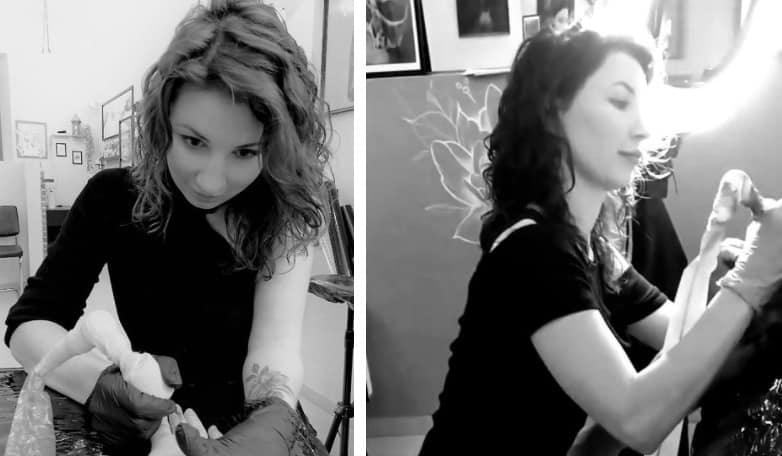
Thank you for reading my article, I hope that you have found it helpful. If you would have trouble finding ideas for your tattoo, wonder what is meaning of design that you have found or what to buy for aftercare, to make sure that your tattoo will be healing quickly and easily, here are some of my favorite products in one place, hope that this will also help.
Design and tattoo ideas
For some ideas you can have a look at those 3 books with hundreds of designs that I use with my clients, they are available on Amazon for Kindle or in classic, paper version (links below):
- Great Book of Tattoo Designs, Revised Edition: More than 500 Body Art Designs (Fox Chapel Publishing) Fantasy, Celtic, Floral, Wildlife, and Symbol Designs for the Skin by Lora Irish
- The Big Book of Small Tattoos – Vol.1: 400 small original tattoos for women and men by Roberto Gemori
- Tiny Tattoos: Over 1,000 Small Inspirational Artworks by Rebecca Vincent.
Tattoo meaning
If you would like to read more about the meaning of different tattoo styles and designs before you will decide what you would like to have, I can recommend a book that was really useful for me when I was starting my tattoo adventure – it’s “Conscious Ink: The Hidden Meaning of Tattoos” by Lisa Barretta (through the link you can find it on Amazon for around $10).
Tattoo aftercare
The skin at the tattoo site often dries out. To prevent it and speed up healing for my clients, I usually recommend one of those tattoo aftercare balms (you can find them on Amazon):

